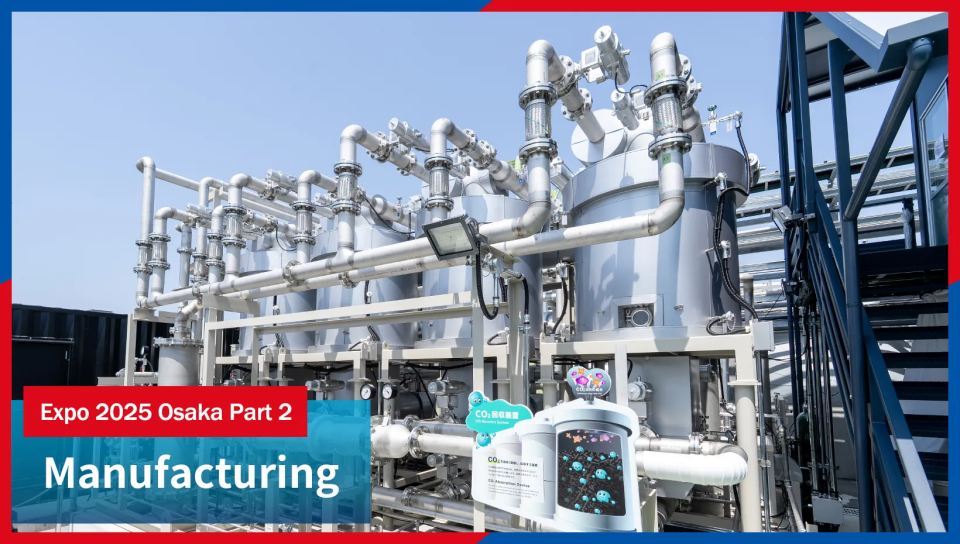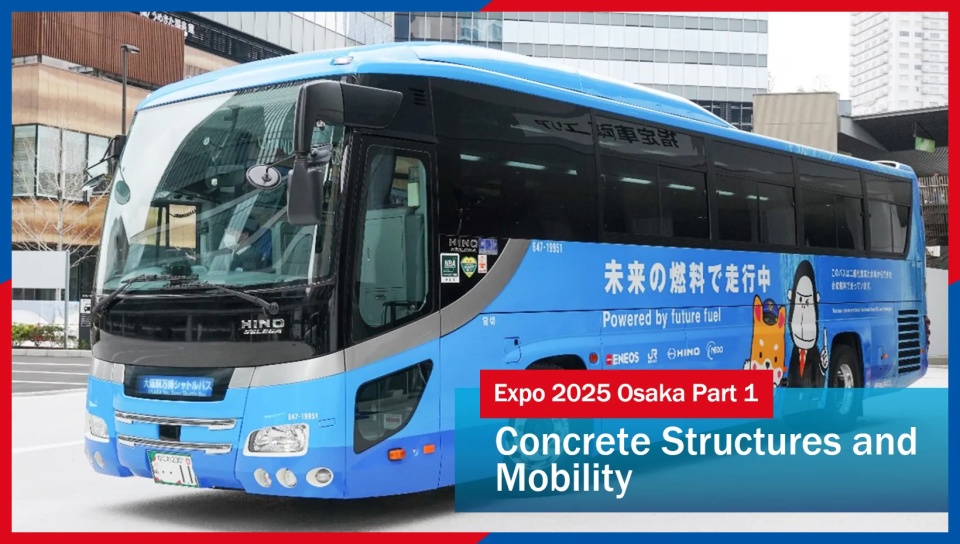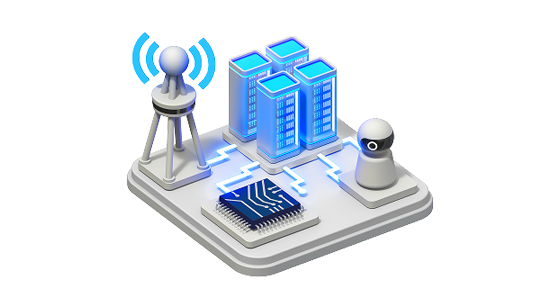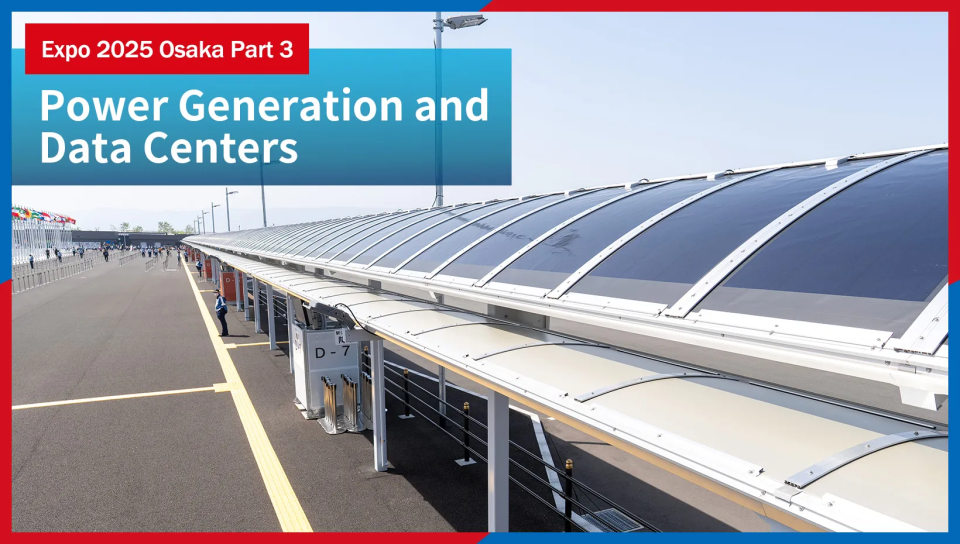
*This article is a translation of a Japanese article originally published on September 12, 2025.
The third installment in this series on the achievements of NEDO’s Green Innovation Fund (GI Fund), showcased at Expo 2025 Osaka, Kansai, focuses on producing and consuming electricity. It highlights both CO2-free power generation and efforts to improve energy efficiency in data centers, where rising electricity demand is a growing concern.
■ Toward Carbon-Neutral Power Generation
Electricity is essential to modern life, and demand will only rise as EVs and data centers become more widespread. Yet Japan’s power supply still depends heavily on fossil fuels, which account for about 40 percent of the nation’s CO2 emissions. Achieving decarbonization demands a swift and fundamental transition—from fossil-based generation to CO2-free alternatives.
In this context, renewable energy and hydrogen are drawing growing attention. Under the GI Fund, research and development is moving forward to support CO2-free generation, with the Expo showcasing demonstrations of next-generation solar cells and hydrogen-based power.
Large-Scale Demonstration of Film-Type Perovskite Solar Cells
At the bus terminal in front of the Expo’s West Gate, film-type perovskite solar cells—developed through the GI Fund—have been installed along a 250-meter stretch of roof.
Thin, lightweight, and flexible, these modules can be deployed where conventional panels cannot, such as gymnasiums and factories with limited load capacity. In this case, no reinforcement or alteration of the gently curved roof was needed; the solar function was simply added—an application made possible only by film-type perovskites.
 Film-type perovskite solar cells installed on the bus terminal roof
Film-type perovskite solar cells installed on the bus terminal roofThe installation spans about 500 square meters, ranking among the world’s largest demonstrations of film-type perovskite solar cells. Throughout the Expo—across Japan’s rainy season and the height of its hot, humid summer—the project will put their durability to the test under demanding environmental conditions.
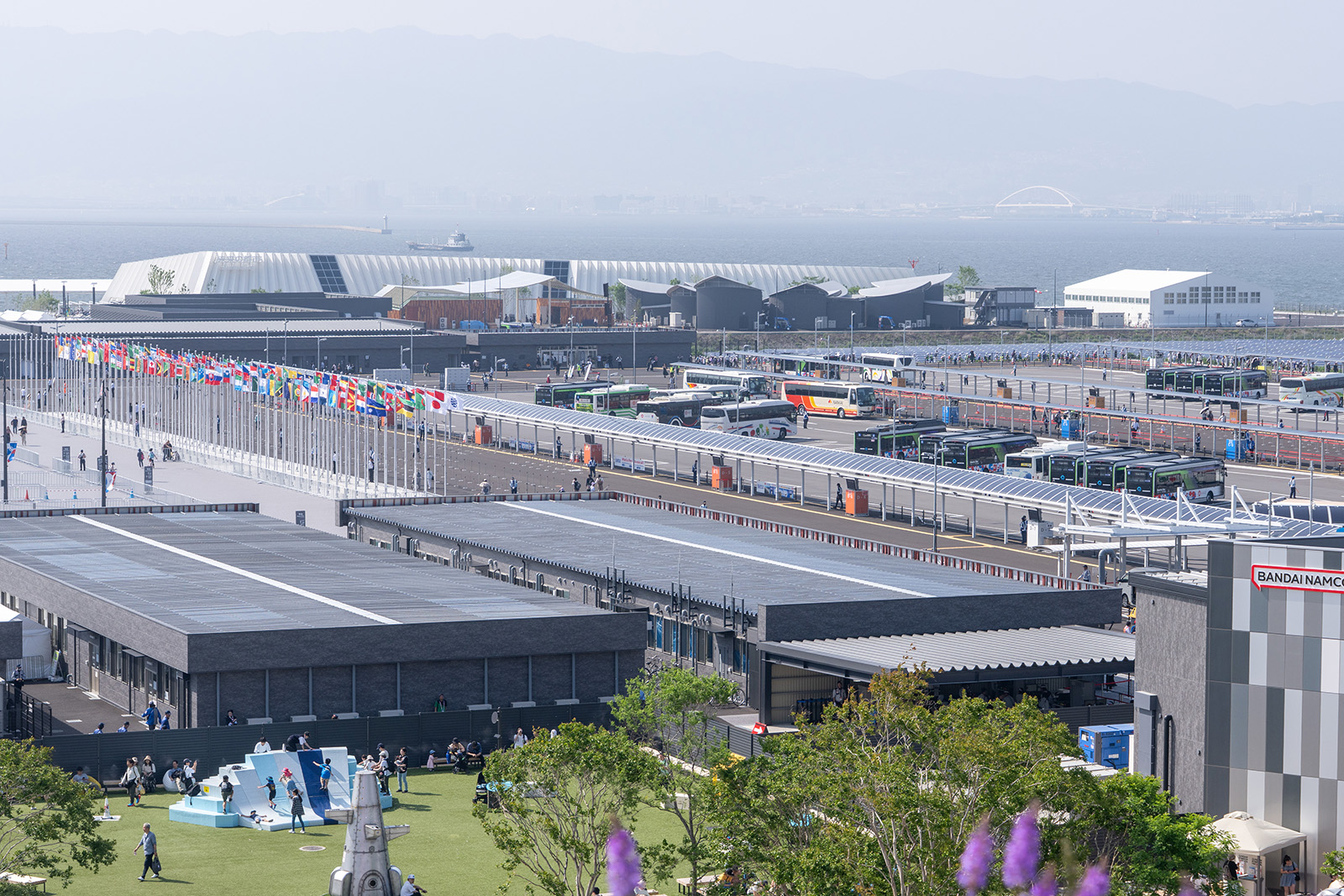 Film-type perovskite solar cells extend over 250 meters along the bus terminal roof
Film-type perovskite solar cells extend over 250 meters along the bus terminal roofAt the bus terminal, ground-level panels in Japanese and English present the features of the perovskite solar cells, helping visitors and bus users quickly grasp the technology.
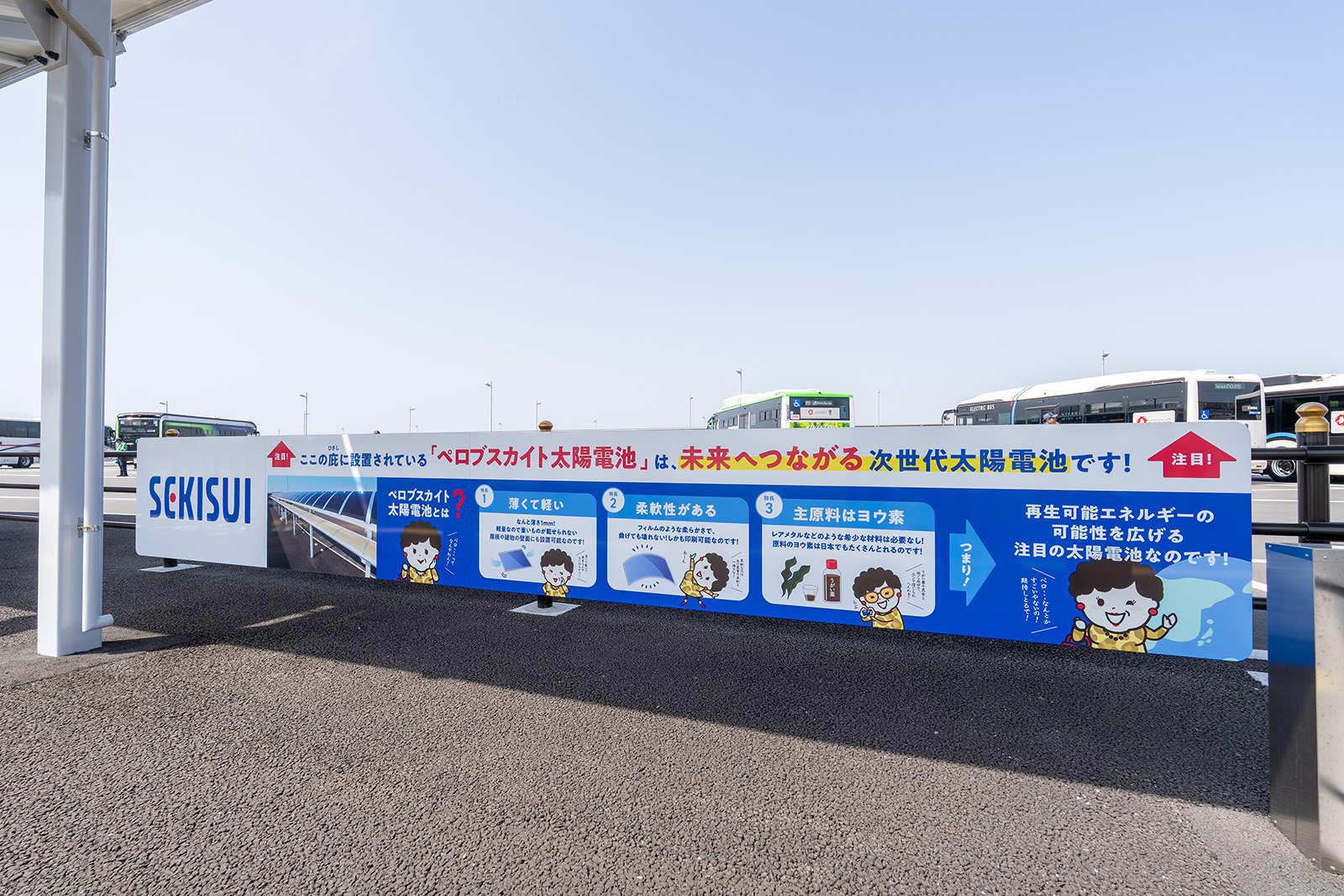 Ground-level panel introducing the features of perovskite solar cells
Ground-level panel introducing the features of perovskite solar cellsThe perovskite solar cells are built on a film substrate, making them just about one millimeter thick. Flexible enough to bend to a 15-centimeter radius without damage, they are arranged at the bus terminal in sets of three 30-centimeter-wide strips, combined into two-meter by one-meter panels. In total, 257 panels have been installed.
Electricity generated during the day is stored in batteries and powers the bus terminal’s nighttime lighting, illuminating the paths for visitors.
 A 30 cm × 1 m film-type perovskite solar cell (same type as installed on the bus terminal)
A 30 cm × 1 m film-type perovskite solar cell (same type as installed on the bus terminal)Supplying the Expo with Hydrogen Co-Firing Power
Hydrogen power is emerging as another promising CO2-free option. Because it generates no CO2 when burned, it is regarded as a vital pathway toward carbon neutrality. In Japan, roughly 70 percent of electricity is still produced by thermal power stations—an energy source valued for its ability to deliver power on demand, yet burdened by high emissions. Replacing fossil fuels with hydrogen could significantly curb CO2 output from power generation.
Large-scale use of hydrogen in thermal power stations has yet to be proven. To address this, a demonstration began in 2025 at an existing facility, where hydrogen is co-fired with natural gas to curb CO2 emissions compared with conventional operations. Power generation has started at the Kansai Electric’s Himeji No.2 Power Station, with part of its output supplied to the Expo site. The project has achieved a hydrogen co-firing ratio of 30 percent by volume. To raise public awareness, the initiative has also been presented through projection mapping at the Shine Hat venue.

 Hydrogen co-firing power showcased through projection mapping (Photo courtesy of Kansai Electric Power Company)
Hydrogen co-firing power showcased through projection mapping (Photo courtesy of Kansai Electric Power Company)The next step is to move beyond co-firing and toward power generation fueled entirely by hydrogen. The electricity supplied to the Expo marks an early step on the path toward zero-CO2 thermal power.
■ Toward Carbon-Neutral Data Centers
The backbone of SaaS and, increasingly, generative AI, data centers are expanding their footprint worldwide at an unprecedented pace.
Yet this rapid growth comes with a challenge: electricity consumption that could rise at an explosive rate. With the proliferation of large-scale facilities, total power use is expected to keep climbing steeply, raising fears that current efficiency gains will no longer suffice. In addition to renewable energy and low-emission power generation, reductions on the consumption side are essential. Under the GI Fund, research and development is advancing to accelerate energy savings at the source. At Expo 2025 Osaka, Kansai, these technologies were showcased in a limited-time exhibition from May 13 to 26, 2025.
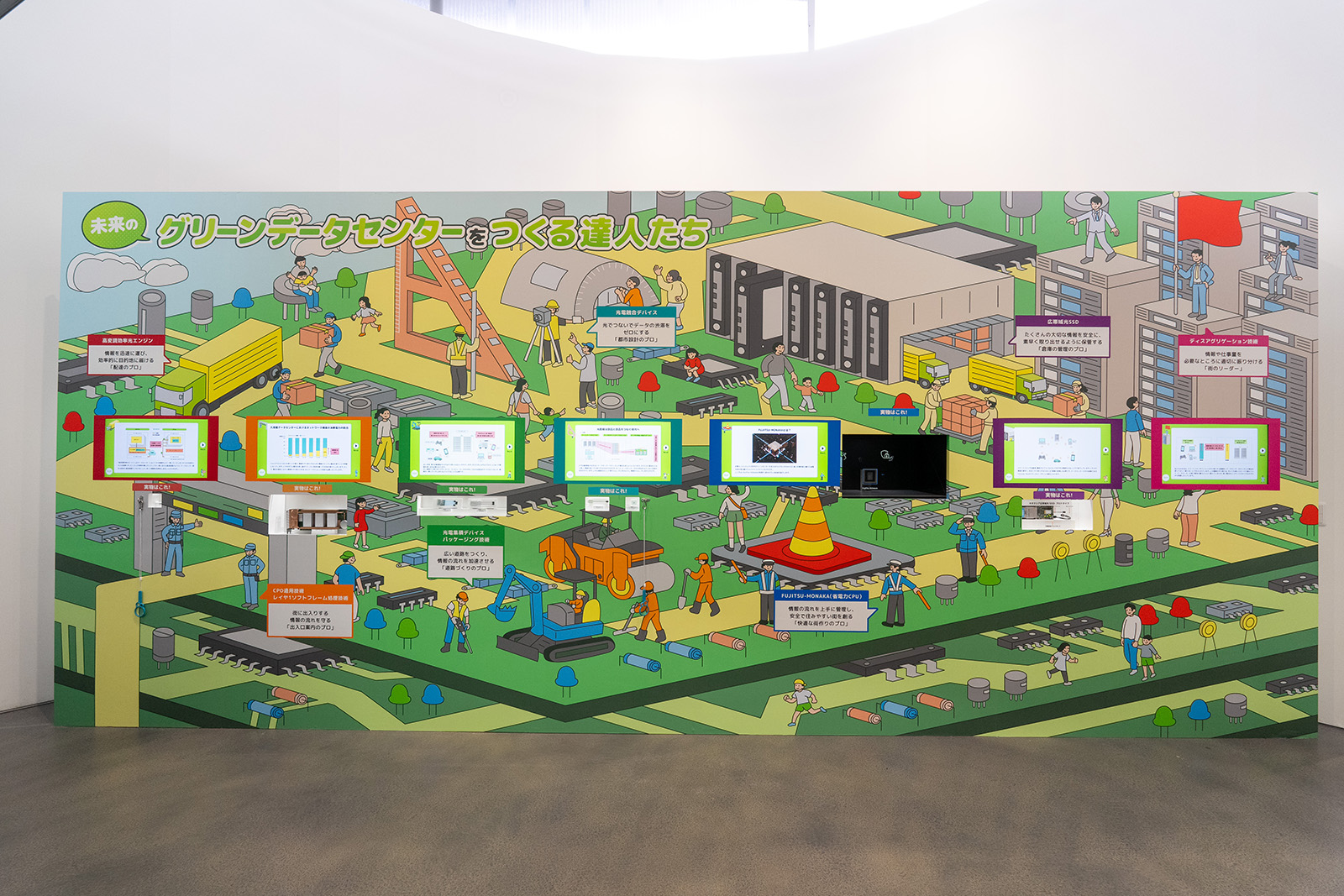 The panel introducing technologies from the Next-Generation Green Data Center project
The panel introducing technologies from the Next-Generation Green Data Center projectThe limited-time exhibition featured core technologies being developed under the GI Fund for next-generation green data centers. These included photonics–electronics convergence (silicon photonics), processors, SSDs, and disaggregation technologies. Together, they aim for more than a 40 percent reduction in power consumption compared with data centers in widespread use in fiscal year 2021.
The Core Technology of Green Data Centers: Silicon Photonics
The key is shifting data transmission from electrical signals to optical signals. The main features of each component technology are as follows.
The high-efficiency optical engine is a component that converts data center traffic, both incoming and outgoing, from conventional electrical signals to optical signals capable of carrying far greater volumes at once. Under the GI Fund, previously separate components have been integrated, achieving greater compactness and lower power consumption.
The photonics smart NIC enables data exchange while conserving electricity. As a form of Co-Packaged Optics (CPO), it incorporates three advances within a single component: integration of optical data transmission technologies, co-placement of optical and electronic elements side by side, and liquid cooling for efficient thermal management.
In the case of the optoelectronic integrated module, packaging technology is the key to practical implementation.
The optical I/O core, an optoelectronic device, reduces power consumption and increases speed by converting electrical signals into optical ones. Serving as a vital component for data transfer within servers, it replaces conventional optical transceivers with quantum-dot lasers that deliver highly reliable operation even at 100°C.
 Left: High Modulation Efficiency Optical Engine Right: Photonics Smart NIC
Left: High Modulation Efficiency Optical Engine Right: Photonics Smart NIC Left: Optical modules Right: I/OCore(Optical multi-channel micro-transceiver chip)
Left: Optical modules Right: I/OCore(Optical multi-channel micro-transceiver chip)The energy-efficient CPU FUJITSU-MONAKA is designed with a three-dimensional chiplet structure: a core die built on advanced 2-nanometer process technology, combined with SRAM and I/O dies fabricated using 5-nanometer process technology. Market introduction is planned for fiscal year 2027. Leveraging proprietary low-power circuit operation techniques and micro-architectural optimizations, the processor is expected to meet its ambitious power-reduction targets.
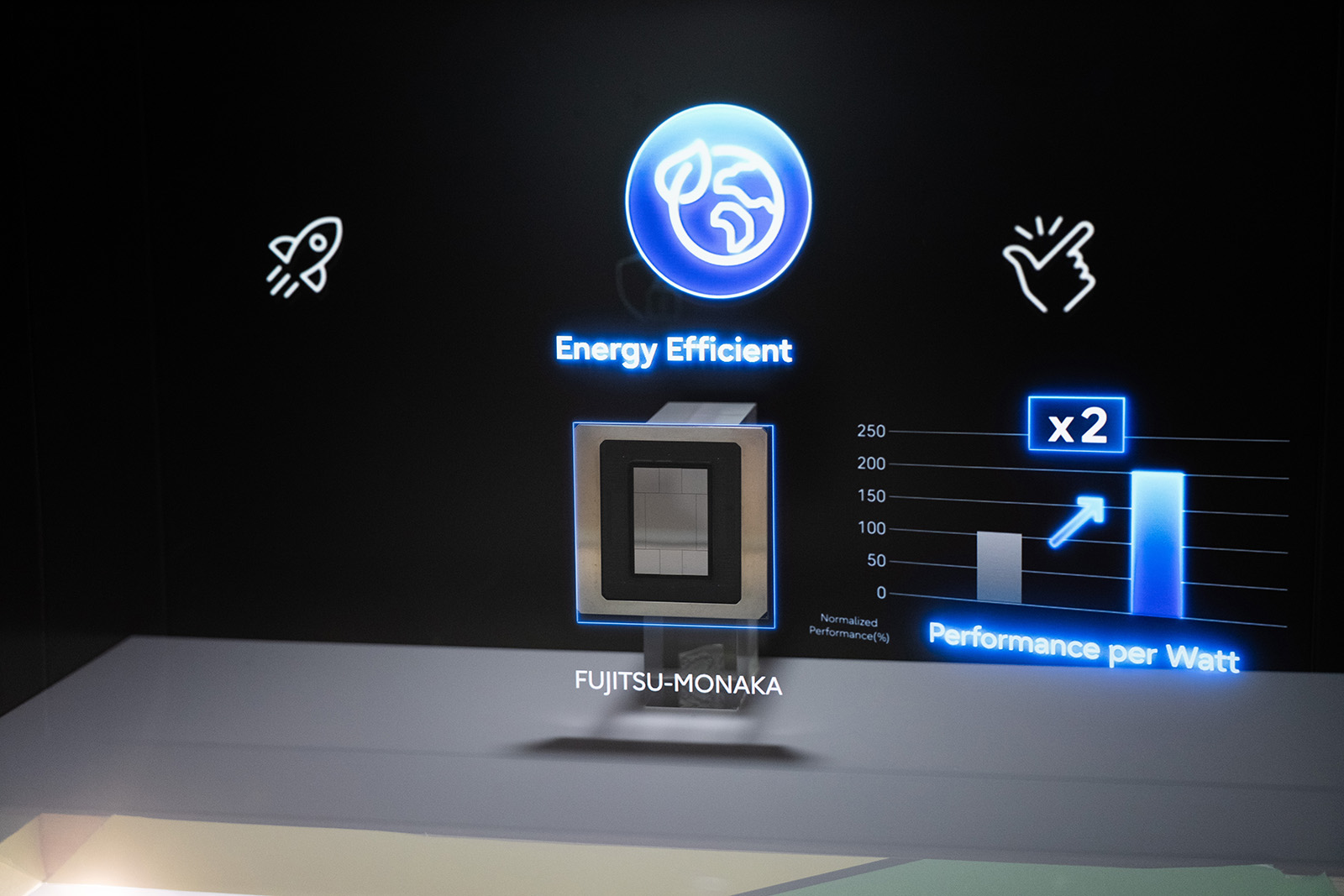 Energy-efficient CPU FUJITSU-MONAKA
Energy-efficient CPU FUJITSU-MONAKAProcessors alone cannot speed up a system; memory must keep pace. A new challenge is to aggregate the vast number of SSDs in a data center optically and link them with processors and network equipment—an approach not attempted before. A breakthrough memory technology has now emerged that is expected to enable optical SSDs to achieve a twofold increase in speed within three years.
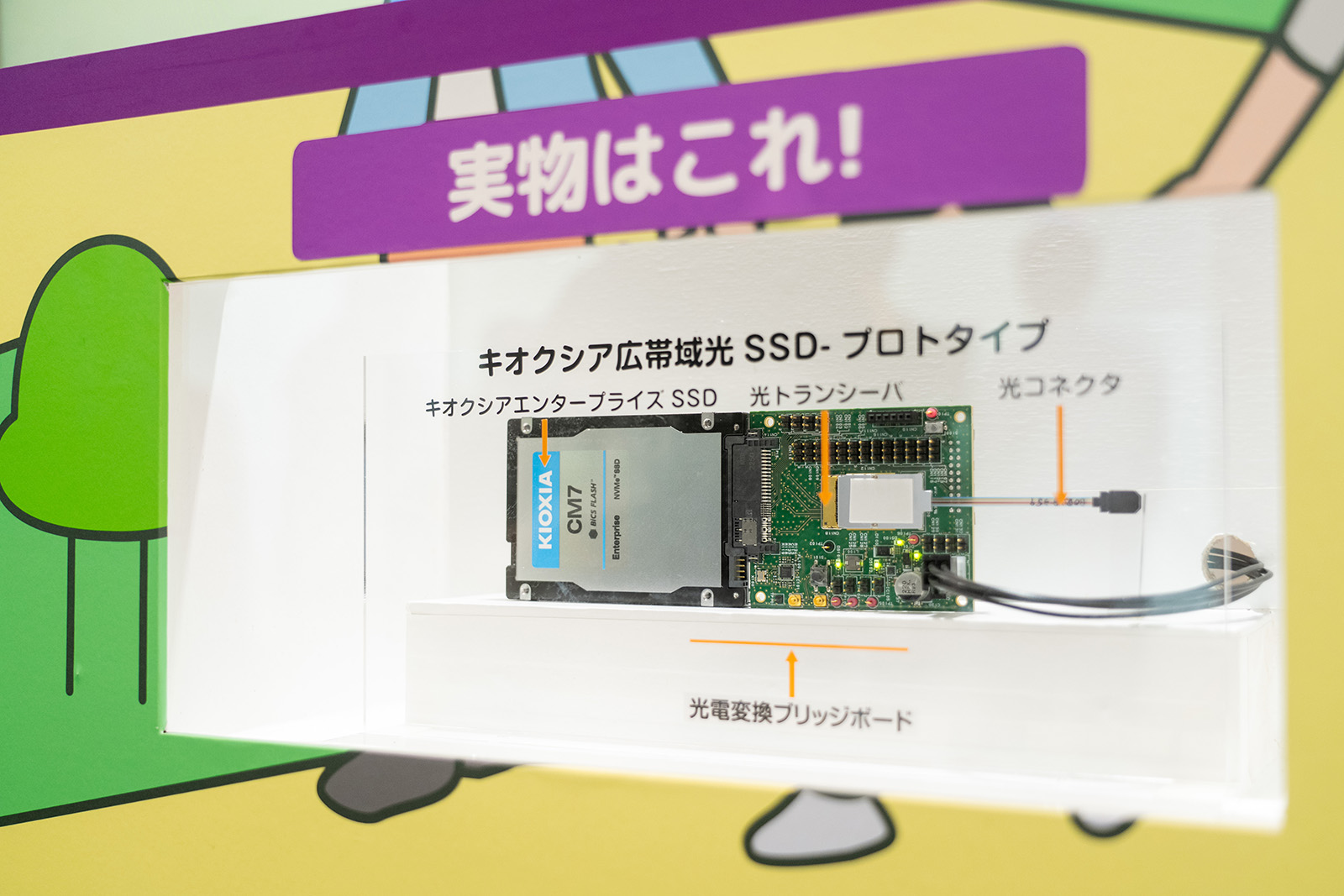 Optical SSD prototype
Optical SSD prototypeDisaggregation technology to integrate these optoelectronic technologies with processors and memory is also taking shape. Using optical connections, it pools resources and manages them so that computing workloads can be allocated flexibly and optimally. This approach is expected to reduce data center power consumption by about 20 percent.
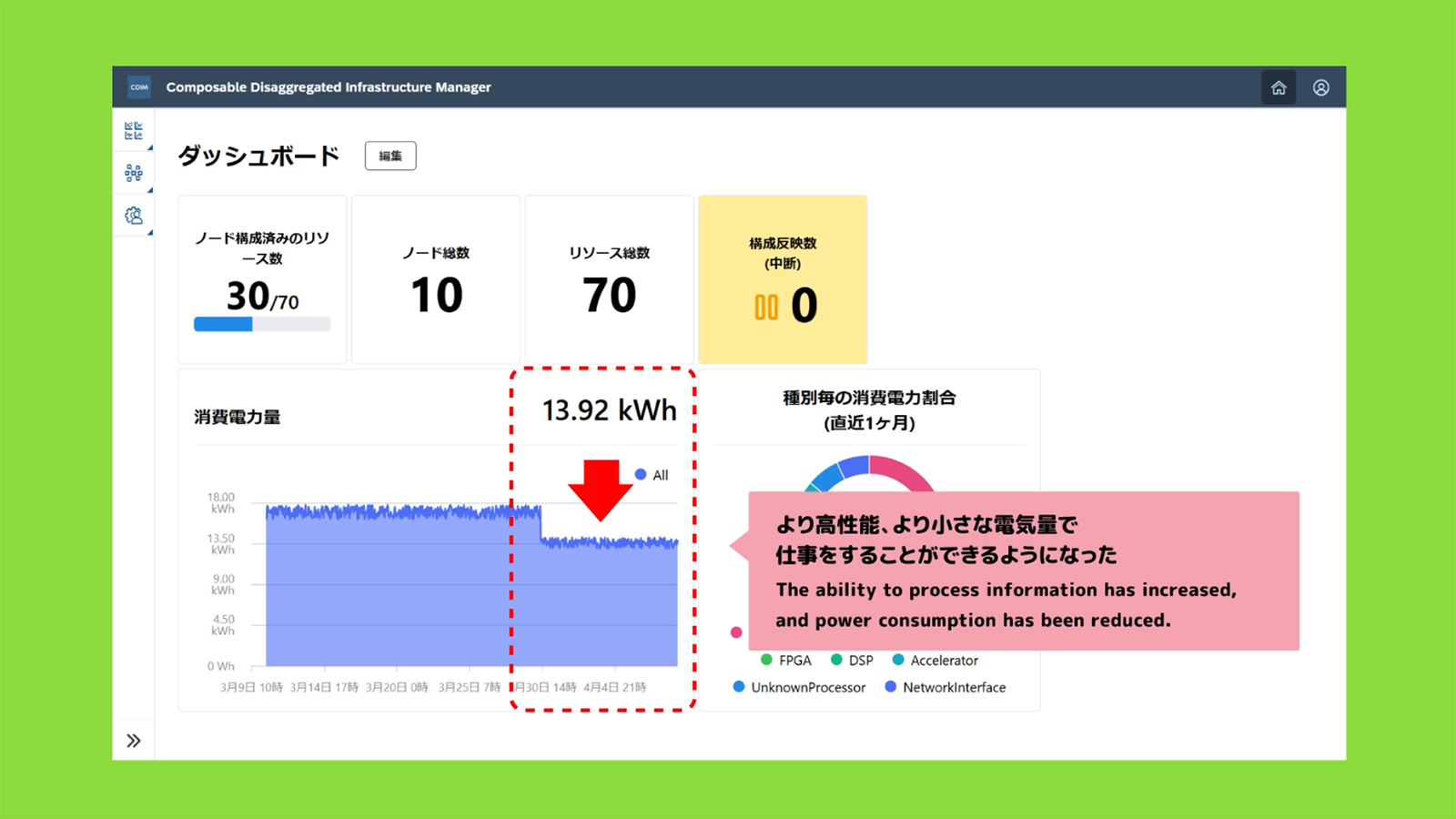 Composable Disaggregated Infrastructure Manager prototype
Composable Disaggregated Infrastructure Manager prototypeLaying the Groundwork for Carbon Neutrality
Over the course of this three-part series, we have highlighted achievements of the GI Fund showcased at Expo 2025 Osaka, Kansai. Part 1 focused on curbing CO2 emissions in buildings and mobility. Part 2 turned to utilizing CO2 in manufacturing. Part 3 examined making and using electricity, featuring sustainable power generation and data centers. In every case, technology development is advancing steadily.
The cases presented at the Expo represent only a fraction of what the GI Fund is pursuing. What kind of society is envisioned by these initiatives, and how will research and development progress toward social implementation? These questions will continue to be explored on this site.
We invite you to stay tuned for further updates on the GI Fund initiatives being advanced by NEDO.
Organizations and GI Fund Projects Featured in Part 3
- Film-type perovskite solar cells installed on the bus terminal roof
SEKISUI CHEMICAL —GI Fund Project: Development of Next-Generation Solar Cells - Hydrogen co-firing at a gas-fired power plant
Kansai Electric Power — GI Fund Project: Large-scale Hydrogen Supply Chain Establishment - Next-generation data center
Fujitsu, IO Core, Furukawa Fitel Optical Components, Kyocera, NEC, and Kioxia — GI Fund Project: Next-generation Digital Infrastructure Construction
Related Articles


